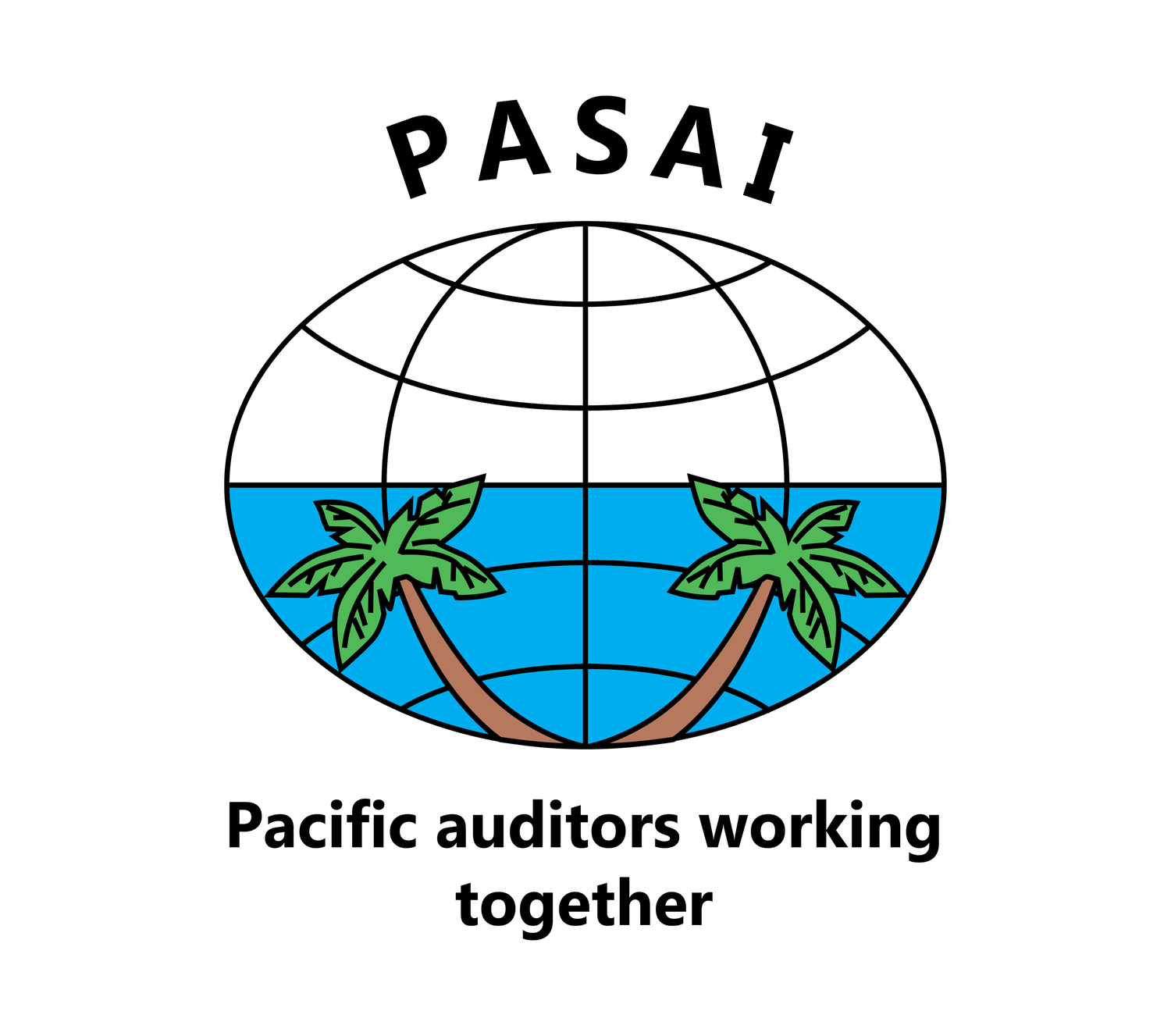By Jonathan Keate, Senior Solicitor Sector Manager, Office of the Auditor-General in New Zealand
This blog post covers recent and upcoming environmental auditing events and opportunities ahead for the PASAI region including two global climate change projects.
WGEA’s 19th Steering Committee Meeting
SAI New Zealand represents the PASAI region on INTOSAI’s Working Group on Environmental Auditing (WGEA), participating in meetings of its Steering Committee, which delivers the work programme of the group.
This March, the committee met in person in Rabat, Morocco, with participants from 20 different member SAIs discussing and approving the scope of the projects in the new work plan for 2023-25. SAI Morocco hosted the meeting, which began with an excursion to a new wastewater treatment plant. They use the treated water to irrigate parks and reserves in the city.
Wastewater management technology and water reuse in Rabat, Morocco
WGEA Work Plan 2023-25
The WGEA ensures each work plan includes a mix of projects, with hands on support for those SAIs doing their first environmental audit, and more ambitious projects to serve the needs of more experienced SAIs and auditors.
The Work Plan 2023-25 reflects this by providing audit support to SAIs in two main areas, namely: Climate Change and Biodiversity; and the Green Economy.
Global projects in the climate change area include:
A joint INTOSAI Development Initiative (IDI)/WGEA global audit of climate change adaptation actions, with scope for collaboration within and between INTOSAI regions including small island states; and
Brazil’s ClimateScanner project – an innovative approach to undertaking a global rapid review of government climate actions.
There is also a research project into the connections between climate change and biodiversity and how these connections could influence audits in these areas.
The green economy projects are in three areas, focused on more experienced SAIs:
Sustainability reporting – exploring the role of SAIs in promoting sustainability reporting.
Environmental accounting – exploring concepts such as natural capital accounting and ecosystem accounting.
Green fiscal policy tools – how economic tools such as environmental taxes, green investment funds and emissions trading schemes, can be used to improve environmental outcomes.
The Steering Committee will develop guidance, research and training materials in these areas over the next three years, in collaboration with international organisations and experts.
Regional WGEA meeting in Sydney, 9–11 May 2023
All PASAI members have been invited to attend the upcoming Regional WGEA meeting in Sydney, Australia from 9 to 11 May 2023. We have shaped the programme around the themes from the WGEA work plan. The event includes:
training by Dr Vivi Nienmenmaa, Secretary-General of the WGEA about environmental auditing and the Sustainable Development Goals;
the chance to learn more about the two global climate change cooperative projects and discuss opportunities for participation from the PASAI region;
expert speakers on sustainability and climate reporting, and on how traditional knowledge perspectives can inform biodiversity and climate change audits;
opportunities to share insights about potential or planned performance audits, including on climate change adaptation and biodiversity; and
workshops to choose topics and scope audits for those that will participate in the global climate change adaptation audit.
To maximise participation, there is an option to join the morning sessions online for the training and to hear from guest speakers. Afternoon sessions involve practical workshops for those who attend in person. To participate please register your interest by Monday 24 April 2023.
Global climate change audit projects
National audit offices in the PASAI region have recently received an invitation from the IDI and WGEA to participate in a global cooperative audit of climate change adaptation actions (CCAA), with responses requested by 1 May 2023. The IDI and WGEA are working in cooperation with PASAI for the rollout of this initiative in the Pacific.
The main objective of this initiative is to help SAIs provide a relevant audit response to climate change. The programme offers support to SAIs for auditing a thematic area related to:
disaster risk reduction,
water resource management,
sea level rise and coastal erosion, and
implementation of climate change adaptation plans or actions (linked to SDG 13).
This will be a very supported audit process with the audits done and reported between December 2023 and July 2024 and a global report of results in 2025.
Given the importance of climate change to the PASAI region, this is a good opportunity for members to undertake their first environmental audit or to resume environmental auditing activities. Members that took part in PASAI’s cooperative performance audit on disaster risk recovery and climate change adaptation in 2010–2011 would be well-placed to do further audit work in this area, including follow ups.
We were pleased to hear that around 11 SAIs expressed interest in participating in this global cooperative audit at PASAI’s 24th Congress in Palau.
By attending the regional WGEA meeting in Sydney, members who are interested in taking part in the audit will be able to discuss and plan their involvement and seek assistance with topic selection with support from the group and their Australian and New Zealand twins present at the meeting. PASAI and the regional WGEA will be pleased to offer ongoing regional support to SAIs who participate in the global cooperative audit of CCAA.
The regional WGEA meeting will also feature a session from SAI Brazil about its Climate Scanner project. This is an innovative project over a three-year period for SAIs to undertake rapid reviews of their governments’ climate actions and for the results to be consolidated and reported globally.
For more information
Please follow the WGEA on Twitter and LinkedIn to keep up with WGEA activities. There is also a lot of up-to-date information on the INTOSAI WGEA website.
If you have any questions or comments, please contact me at jonathan.keate@oag.parliament.nz.

























